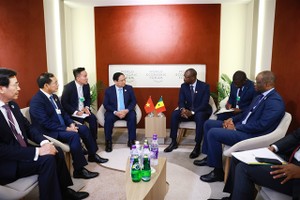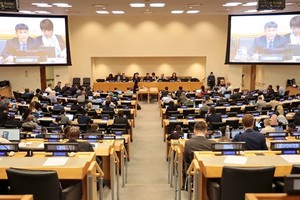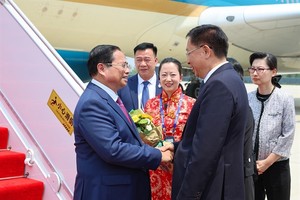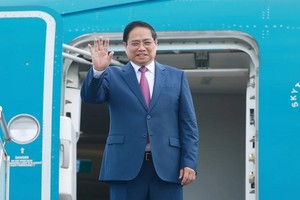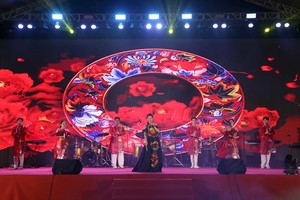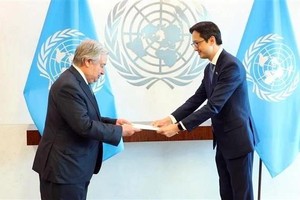The strategic bombers deployed from Andersen Air Force Base in Guam flew with F-15C air superiority fighters from Kadena Air Base on Okinawa on a mission meant to send a clear message that the United States has many military options to defeat any threat from North Korea.
"This is the farthest north of the Demilitarized Zone (DMZ) any U.S. fighter or bomber aircraft has flown off North Korea's coast in the 21st century, underscoring the seriousness with which we take (North Korea's) reckless behavior," Pentagon spokeswoman Dana White said in a statement.
"We are prepared to use the full range of military capabilities to defend the U.S. homeland and our allies."
The U.S. has warned that all options, including a military strike, are on the table over North Korea's nuclear and missile threats.
South Korea's presidential office said Seoul and Washington closely coordinated the latest deployment of the U.S. strategic assets, calling it the most effective countermeasures against the advancement of North Korea's nuclear and missile programs.
Earlier this month, two B-1B Lancer bombers and four U.S. F-35B Lightning II stealth jets flew, along with South Korea's F-15K Slam Eagle fighter jets, near the DMZ that separates South and North Korea.
North Korean leader Kim Jong-un has threatened to take the "highest-level" action in response to U.S. President Donald Trump's threat to "totally destroy" the North over its nuclear and missile programs.
North Korean Foreign Minister Ri Yong-ho said later in New York that Pyongyang may consider its most powerful test of a hydrogen bomb over the Pacific Ocean.
The North carried out its sixth and most powerful nuclear test in September. It claimed that it had detonated a hydrogen bomb that can be mounted on an intercontinental ballistic missile. Some analysts said the North may have the means to fire off a missile that can reach the U.S. mainland, although whether it can be armed with a nuclear warhead that can detonate on its target has never been proven, source from the Yonhap..
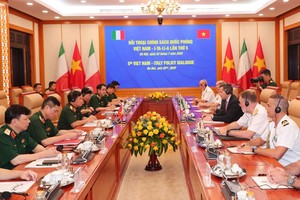






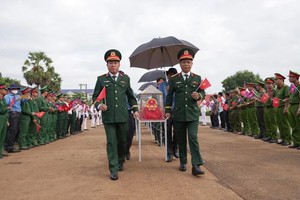
)

